Date: 27 Apr 2019
Usually, when you’re thinking of starting your own homegrown crop, you take into account important things such as lights, what kind of substrate you should use, the seeds, the fertilizers that you might need, and many other things. Many growers tend to neglect one specific part of this process, and it’s the type of flowerpot; usually people think about the size and stop there.
Typical plastic flower pots aren’t all that bad, although they can harm your plants’ roots and stop you from getting the best possible results. If you’re having issues with choosing the right flowerpot, just follow our advice and we’ll show you how to get much better results by working with better flowerpots. Root growth will vary depending on the type of flowerpot used, so you’ll need to take various things into account before choosing one.
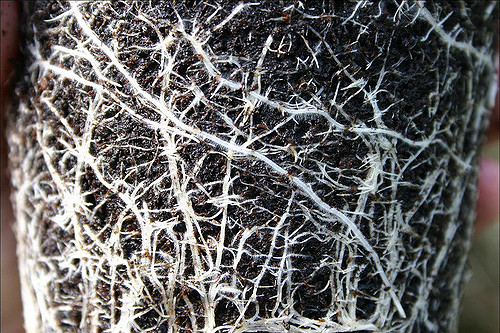
When roots start growing in a flowerpot, they grow both downwards and expand out to the sides via secondary roots, which soon begin to push up against the edges of the flowerpot. The main root stem will eventually end up reaching the bottom of the flowerpot and begin expanding outwards too, looking for water and nutrients. When this happens your plants run the risk of suffering from root suffocation, which is what happens when your plants’ roots begin to intertwine due to lack of space.
ROOT SUFFOCATION
Root suffocation generally leads to a loss of root mass due to suffocation, which means your plants won’t be able to absorb any more nutrients from that portion which also stunts growth. This happens in pretty much every flowerpot that is planted in, and although plants don’t usually tend to die because of it, it does reduce growth and yield quite a lot.
SOLUTIONS
One of the best ways to avoid this is to transplant your plants various times throughout their cycle, avoiding excess root growth in each flowerpot. The best way to do this is to transplant after germination, another during the growth period, with the last transplant right before the flowering period starts. This avoids root suffocation and gives your plants more space to keep growing.
Another possible solution is using fabric flowerpots or air pruning pots; these kinds of pots are designed to allow your roots to grow freely, avoiding typical spiral growth which can lead to root suffocation.

FABRIC OR GEOTEXTILE POT
These kinds of flowerpots are made out of fabric that comes from recycled materials. This type of material essentially oxygenates your roots much more, making for a more balanced water/oxygen ratio in your plants’ substrate. This increases nutrient absorption, and decreases soaking as air can freely pass through the fabric, which reduces the chances of rot. A major benefit to this method is root growth; it allows your plants’ roots to grow out through the fabric and essentially, be pruned thanks to the lack of water. This creates a sort of positive stress in the roots, causing them to create more roots while still avoiding the spiral effect that can lead to root suffocation.

AIR PRUNING POTS
These flowerpots are made of two parts that you attach together, one of which is a sort of mesh base which allows oxygenation through the bottom of the pot. The second part is the wall of the pot itself, which is attached to the
base. The most interesting thing about this particular flowerpot is how it’s designed; the top walls of the plant are covered in holes that allow your plants’ roots to grow much more. One of the biggest differences between these pots and fabric pots is the base, which helps to reduce soaking incredibly and increases evapotranspiration.
As you can see, root growth is clearly good for your plants’ general health and state, but there are still many more benefits.
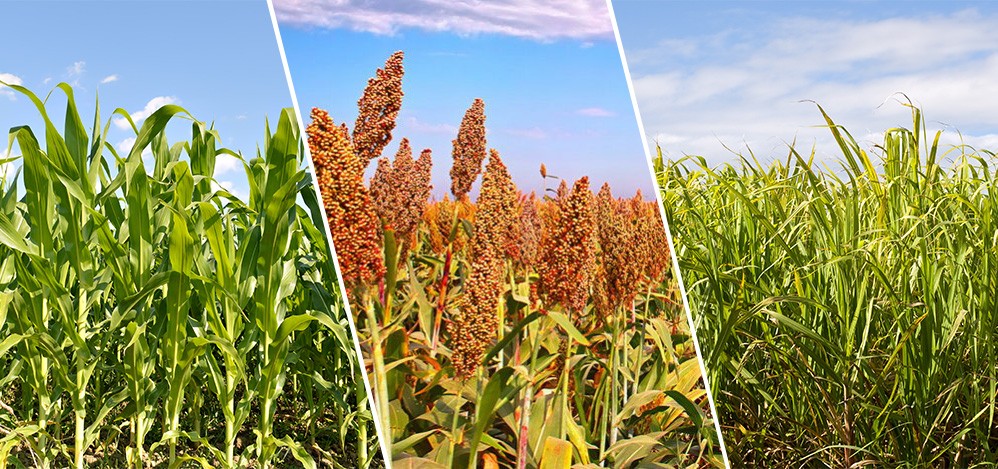
YIELD
When you use special flowerpots like these, your plants will be able to absorb many more nutrients and more water, which significantly increases plant growth; this means bigger plants that produce more branches, shorter internodes, and therefore a large increase in yield. You’ll also be able to decrease growing times thanks to the fact that your plants will grow much faster, taking a few days of the transition to the flowering period.
If you’ve found this article helpful, try out our techniques yourself to see the amazing benefits that using specific flowerpots can have on your plants

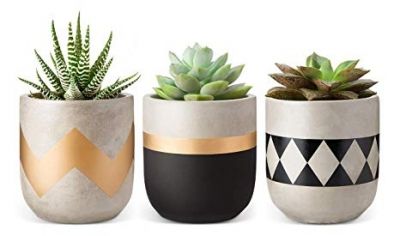
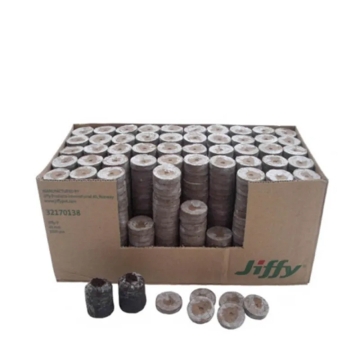

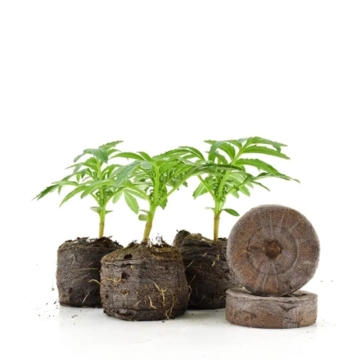
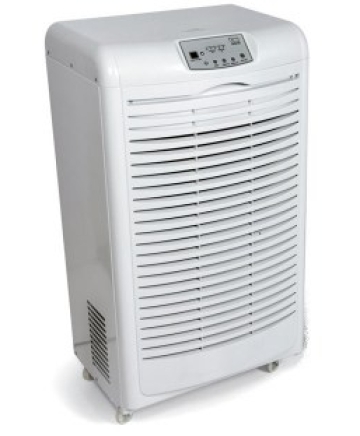

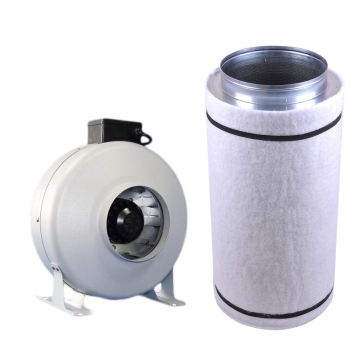





Post comment